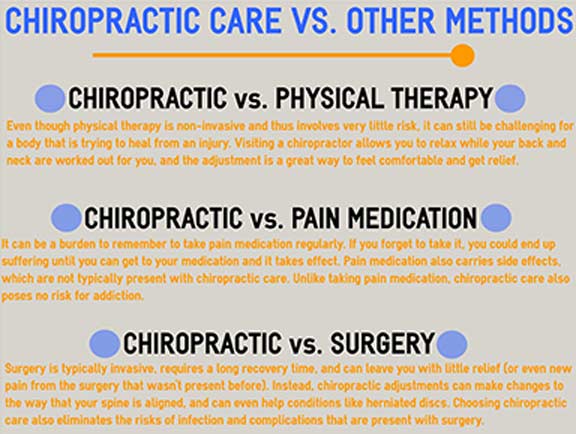The Science Behind Cold Laser Treatment: Understanding Its Systems And Effects
The Science Behind Cold Laser Treatment: Understanding Its Systems And Effects
Blog Article
Short Article Created By-Dougherty Daley
You may have come across cold laser treatment as an appealing therapy option for numerous conditions, yet have you ever questioned exactly how it in fact deals with a cellular degree? Comprehending the mechanisms behind this treatment can shed light on its efficiency in promoting healing and lowering inflammation. By checking out the science behind cold laser treatment, you'll gain insights into the remarkable ways in which light can influence mobile procedures and help with tissue repair.
Just How Cold Laser Treatment Functions
To comprehend how cold laser treatment works, you need to grasp the fundamental principles of just how light power interacts with organic cells. Cold laser treatment, likewise referred to as low-level laser therapy (LLLT), makes use of certain wavelengths of light to permeate the skin and target underlying cells. Unlike the intense lasers used in operations, cold lasers emit reduced degrees of light that don't generate warm or cause damages to the tissues.
When these gentle light waves get to the cells, they're taken in by elements called chromophores, such as cytochrome c oxidase in mitochondria. This absorption activates a series of organic feedbacks, including boosted cellular energy production and the release of nitric oxide, which improves blood circulation and lowers inflammation.
Moreover, the light energy can also boost the manufacturing of adenosine triphosphate (ATP), the power currency of cells, helping in mobile repair and regrowth processes.
In essence, cold laser treatment takes advantage of the power of light power to advertise healing and alleviate discomfort in a non-invasive and gentle way.
Mechanisms of Action
How does cold laser treatment in fact function to generate its restorative effects on organic tissues?
Cold laser treatment, additionally known as low-level laser therapy (LLLT), operates through a procedure called photobiomodulation. When the cold laser is put on the skin, the light energy permeates the tissues and is absorbed by chromophores within the cells.
These chromophores, such as cytochrome c oxidase in the mitochondria, are after that stimulated by the light power, resulting in a waterfall of biological responses. laser skin resurfacing greenwich of activity is the improvement of cellular metabolic rate.
The soaked up light energy increases ATP manufacturing in the mitochondria, which is critical for mobile function and repair work. In addition, cold laser treatment helps to decrease swelling by preventing inflammatory conciliators and advertising the release of anti-inflammatory cytokines.
This anti-inflammatory effect adds to discomfort alleviation and cells healing.
Healing Effects
Recognizing the therapeutic effects of cold laser treatment entails acknowledging exactly how the enhanced mobile metabolic rate and anti-inflammatory residential or commercial properties add to its favorable outcomes on biological cells.
When the cold laser is applied to the affected area, it promotes the mitochondria within the cells, bring about raised production of adenosine triphosphate (ATP), which is essential for cellular feature and repair. https://trentonrizqh.webbuzzfeed.com/28803591/cold-laser-therapy-a-development-therapy-for-accelerated-healing in cellular power accelerates the healing process by advertising tissue regeneration and minimizing inflammation.
Furthermore, the anti-inflammatory homes of cold laser therapy assistance to reduce discomfort and swelling in the targeted area. By preventing inflammatory mediators and advertising the release of anti-inflammatory cytokines, cold laser treatment aids in minimizing pain and boosting the general healing response.
https://bestchiropracticclinicnam84951.bloginder.com/28877681/open-the-door-to-a-pain-free-future-with-cold-laser-treatment-s-transformative-strategy-to-persistent-pain-administration in swelling not just provides immediate alleviation but likewise sustains long-lasting tissue repair.
Final thought
To conclude, cold laser therapy functions by stimulating mobile repair and cells regeneration via photobiomodulation. Its anti-inflammatory residential or commercial properties supply pain relief and minimize swelling by inhibiting inflammatory mediators.
This therapy uses an extensive technique to recovery, providing both prompt relief and lasting tissue repair benefits.
Via its systems of activity, cold laser treatment verifies to be an efficient and encouraging treatment alternative for a range of conditions.
